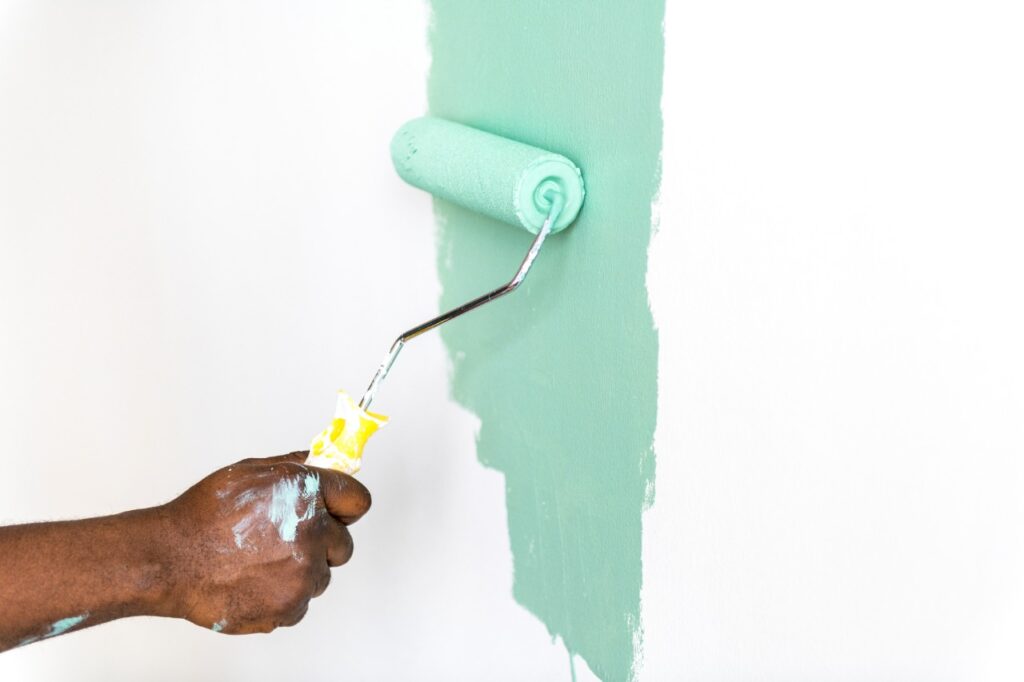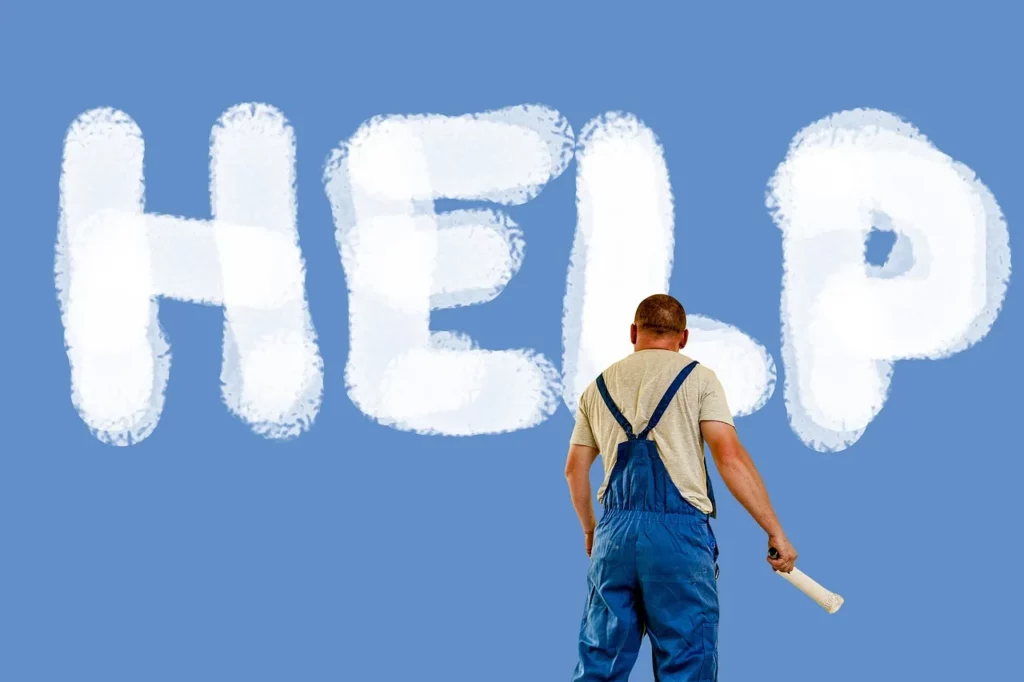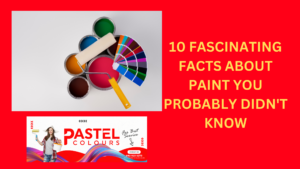Hey there and welcome to winter!
Most people try to get all of their painting done before the temperature drops, but sometimes the timing is just not right.
Here are some expert tips for you to follow if you have decided – for whatever reason – to paint in these cold months.

What cold does to paint
Cold temperatures can have a variety of negative effects on paint and paint application. Alkyd and oil-based paints are made with oils and resins that become more viscous (thicker) at lower temperatures. This can make it exceedingly difficult to apply the paint evenly or smoothly. Water-based paints are made with water and can freeze in exceptionally cold weather.
Both alkyd/oil and water-based paints are formulated to cure within a specific temperature range and may not cure properly at temperatures below that range. The chemicals in the paint need the proper temperature to bond together. Improper curing can lead to a number of problems, including poor coverage, blushing, peeling, bubbling, cracking, low sheen, and colour inconsistency.
Recoating in cold weather
Cold weather slows the drying time of both alkyd/oil- and water-based paints. This means that recoat times are also extended. For example, at an ideal temperature of 30 degrees, you can usually recoat after four hours. But when the temperature is about 20 degrees, the recoat time may be extended to six hours. Painting in cold weather using alkyd or oil paints requires even more time—in some instances, more than 48 hours before recoating.
Note that direct sunlight or shade can cause surface temperatures to vary between different areas on the same structure. This is another factor that impacts drying times and recoat times.
Also note that the temperature must be at or around the more or less same temperature for the entire curing process, not just during application. If you add a fresh coat of paint in 25 degree weather, but then the weather turns colder an hour later, the paint may not cure properly even though it will eventually dry.
Because paints are thicker in lower temperatures, it’s best to use relatively stiff brushes with nylon and polyester, which tend to work well with thicker paint.
Surface Temperature Matters Most
The temperature not only relates to the air temperature, but also the temperature of the surface to be painted. Often, the wall or roof surface is colder than the air, especially if there is wind.
Painting professionals use infrared thermometers to take the guesswork out of painting in questionable temperatures. These emit an infrared beam to measure the surface temperature of anything you point it at
Tracking the Weather and the Sun
Before beginning work on your project, check local forecasts and find a stretch of a few days when temperatures will be their highest and the sun will be out. You’ll need to have a few days in a row when temperatures don’t vary drastically because you also need to factor in drying time for multiple coats.
Plan each coat for times when the sun will be shining on the area you are painting. Direct sunlight quickly raises the surface temperature of most building materials.
In hot weather, sunlight should be avoided, but in cold seasons it’s preferable to paint in direct sun.
Building a Bubble
One way around cold temperatures is to build a bubble over the area where you wish to paint. You can do this using 4- to 6-mil plastic sheeting supported by a framework of 2x4s, zip poles, or scaffolding. Completely enclose the area where you want to paint and use a space heater to raise the temperature.
Keep in mind that you need to maintain the temperature in the bubble throughout the drying time.
It’s also important to be safe and make sure the area is properly ventilated and not left unattended when a space heater is running.
Hopefully this information will help you and/or your clients through this cold period of time while painting!
Please contact us for any other enquiries at admin@pastelcolours.co.za or call 072 159 6142
**Some info was sourced off Google
Image attribute House painting photo created by rawpixel.com – www.freepik.com


